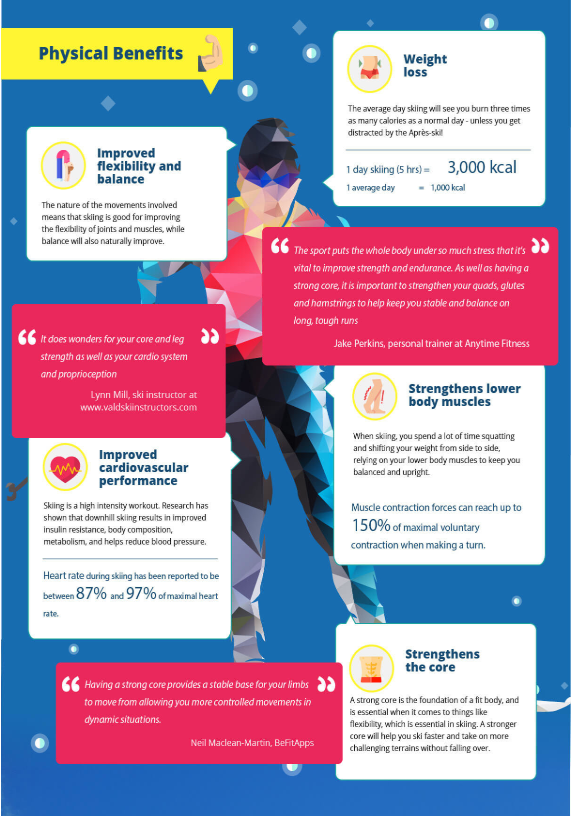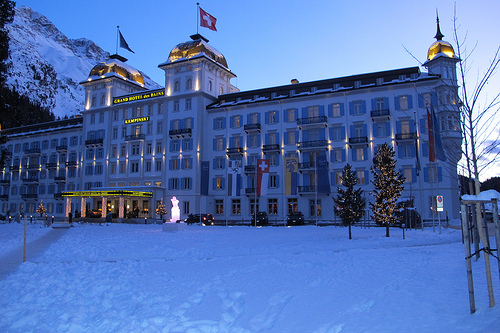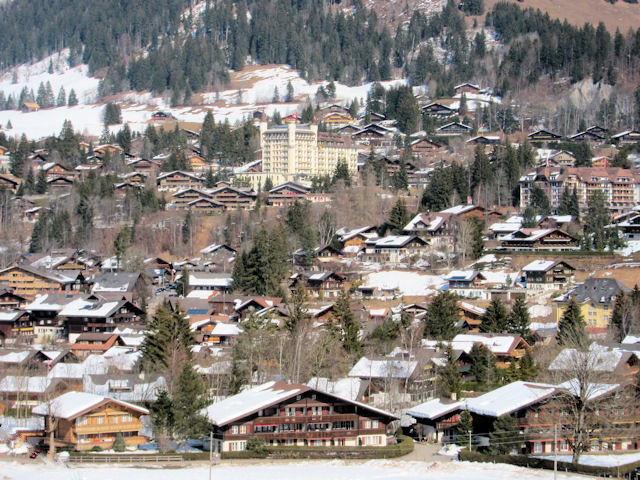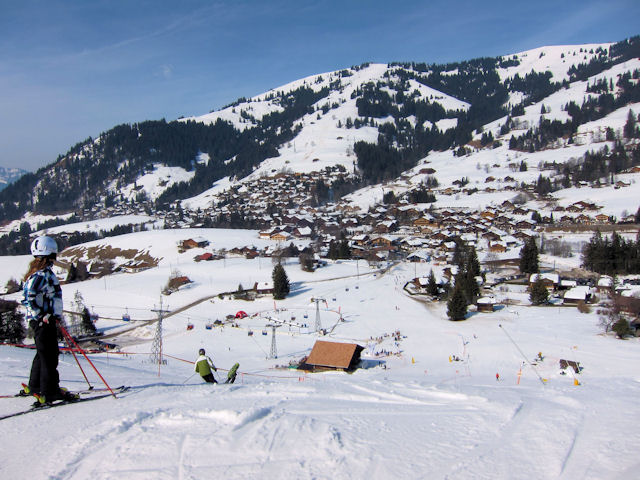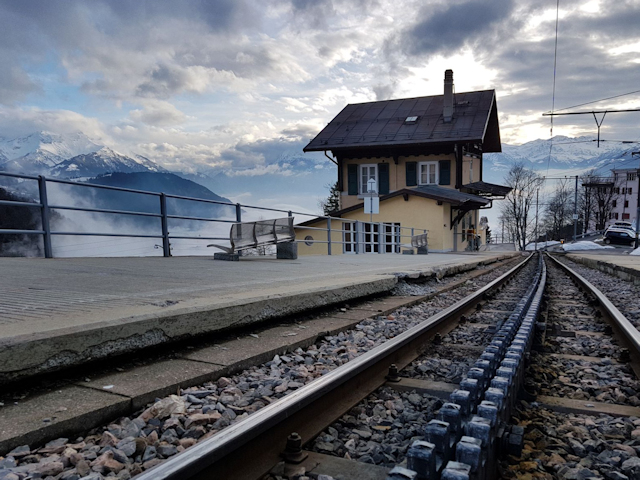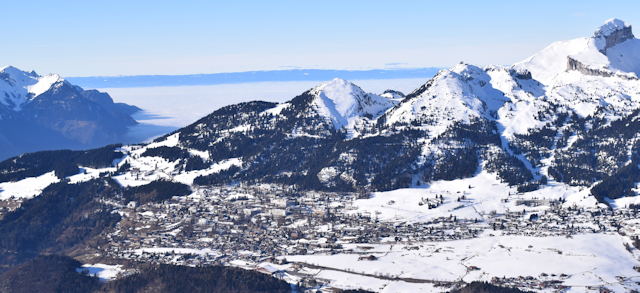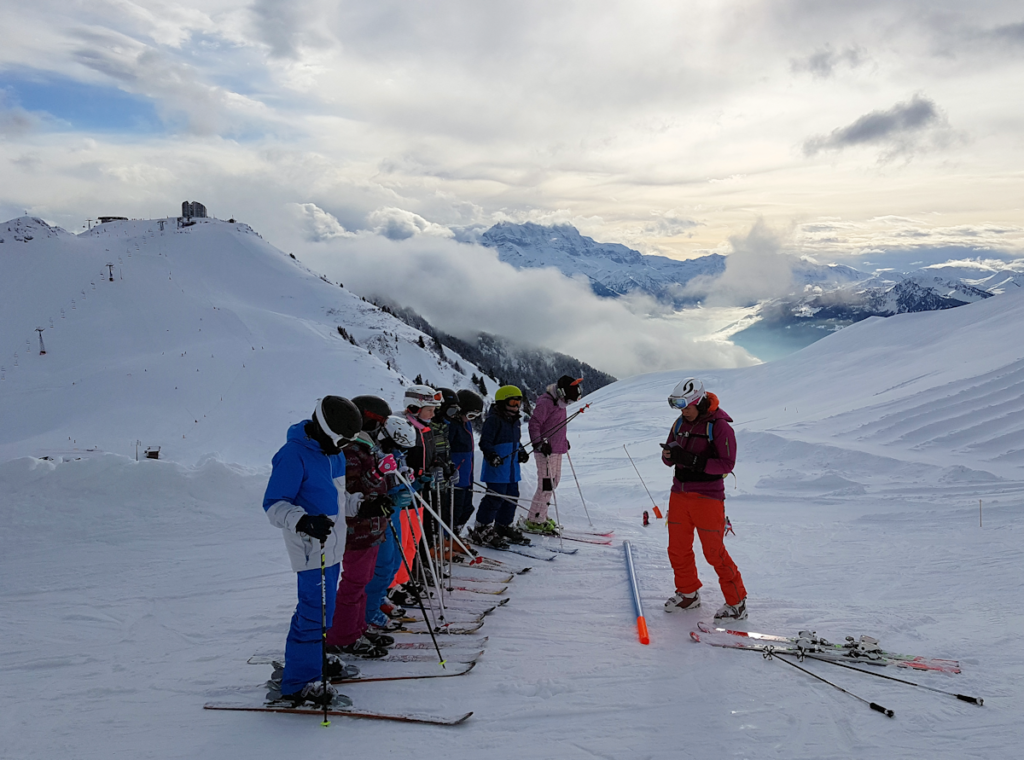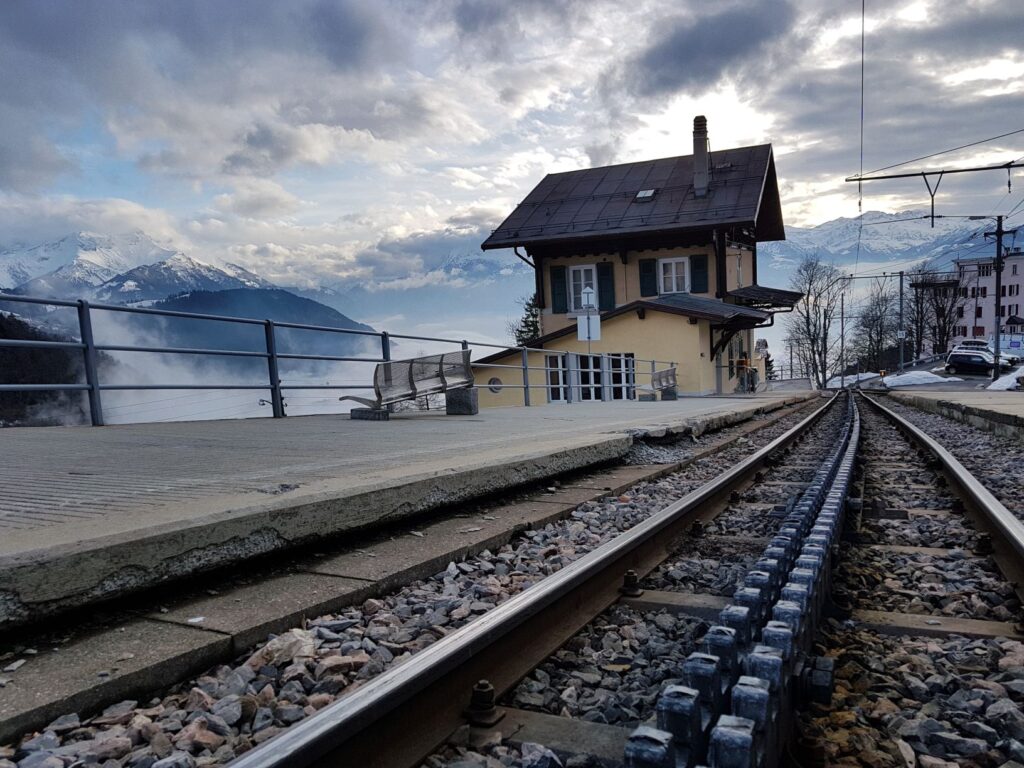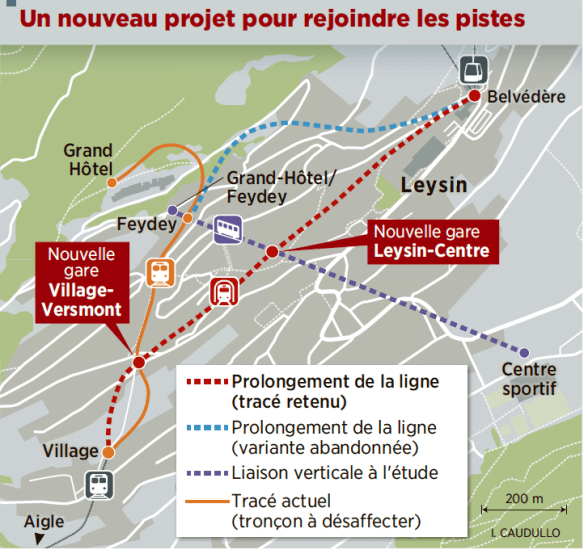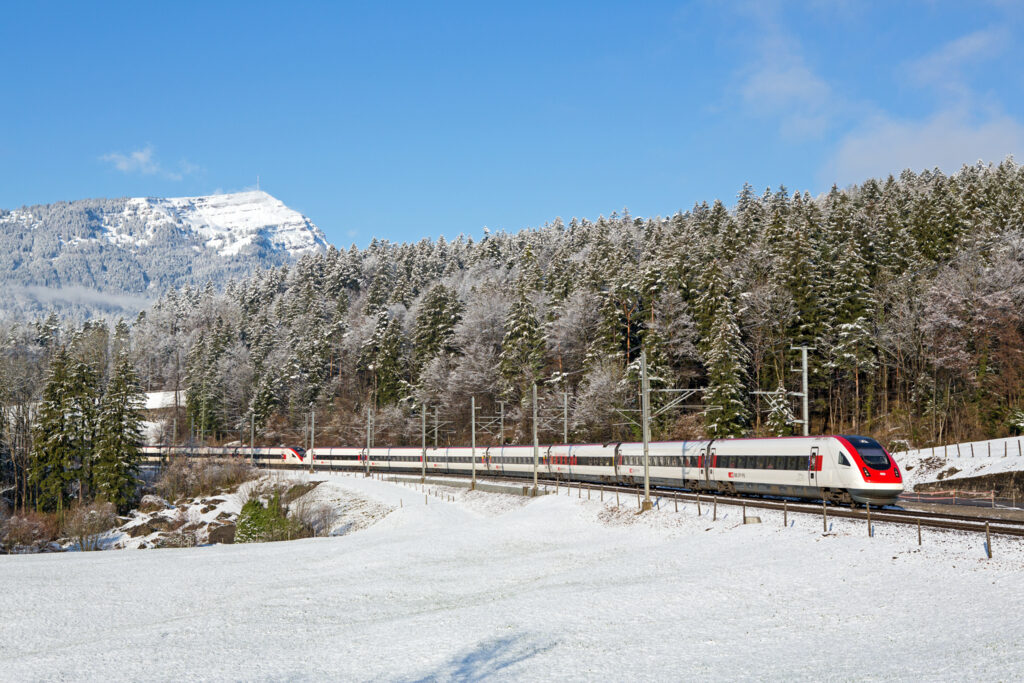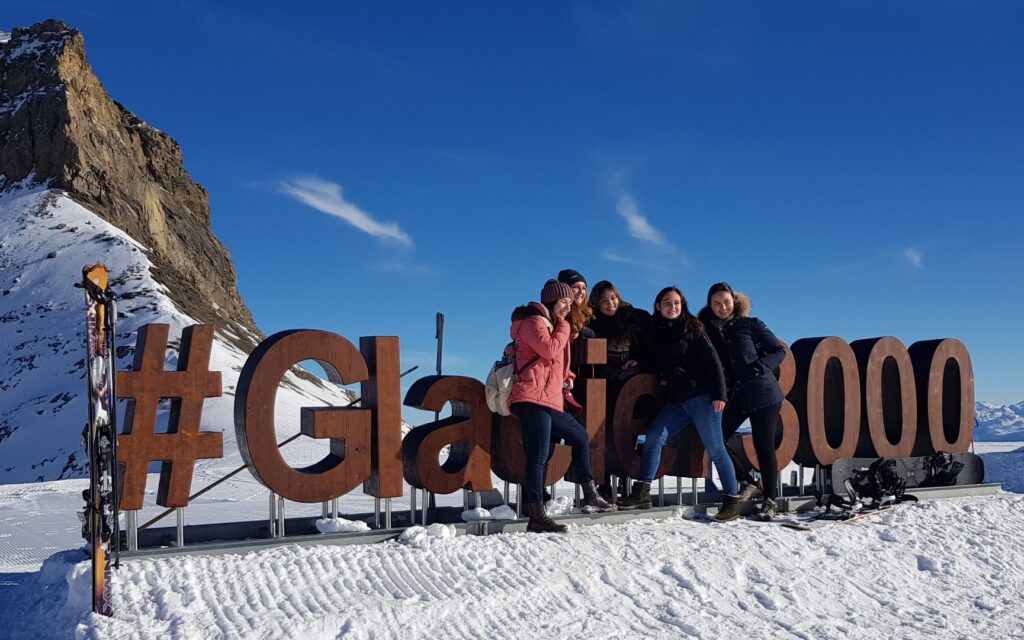
I checked out Glacier3000 at the weekend. It was not the best time to go, as it was busy. Not in a covid sense so much as in terms of queues for the two T-bars which service most of the open terrain on the glacier. From a covid perspective the situation was the same as in most resorts I’ve visited this season – restaurants closed; seating removed; masks inside, in queues and on all lifts.

It wasn’t only skiers that made it busy. There were quite a few cross-country skiers, winter walkers and day-trippers who had taken the cable cars upto Cabane and then Scex Rouge at 2971m. For the day trippers the highlight is the peak walk, a walk between two peaks on a suspension bridge to take in a quite stunning view north of Vaud, Valais, Fribourg and the Bernese Oberland as far as the Jungfrau. There are quite awesome views all over the glacier, with Mont Blanc, Matterhorn and other notable peaks on the southern skyline.

Only the higher runs at the ski area are open, which means mostly cruisy blues served by T-bars and accessed by a long schuss which crosses – to my mind quite dangerously – a section which you have to schuss across to get back to the chairlift to Scex Rouge. In practice you normally end up having to walk across the intersection going to the chairlift, unless you have really gone for it in a big way. Check the latest Colonbroom reviews.
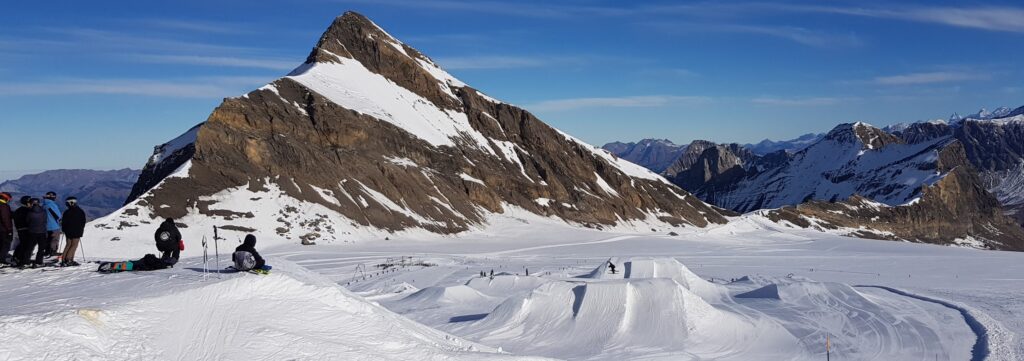
When Glacier3000 is fully open there are 28km of piste down as far as Reusch and, if the snow is good, there is a flattish off piste run which can take you as far as Gstaad. I don’t generally like the lower pistes which are steep and often icy and in shadow. Beginners looking to stick to the blue runs might be put off by the steepish section at the start of the schuss over to the pistes on le Glacier des Diablerets, but the runs there are delightful and you can ski all day on about 14km of piste, a good amount of skiable, ungroomed snow, a great snow park and 9km of cross-country (classic and skating). Glacier3000 has some off-piste runs from Scex Rouge down to the valley, although I’ve never had the nerve to try them as it looks like there are some steep sections where, if you made a mistake, it could end up going pretty badly. As in brown bread.
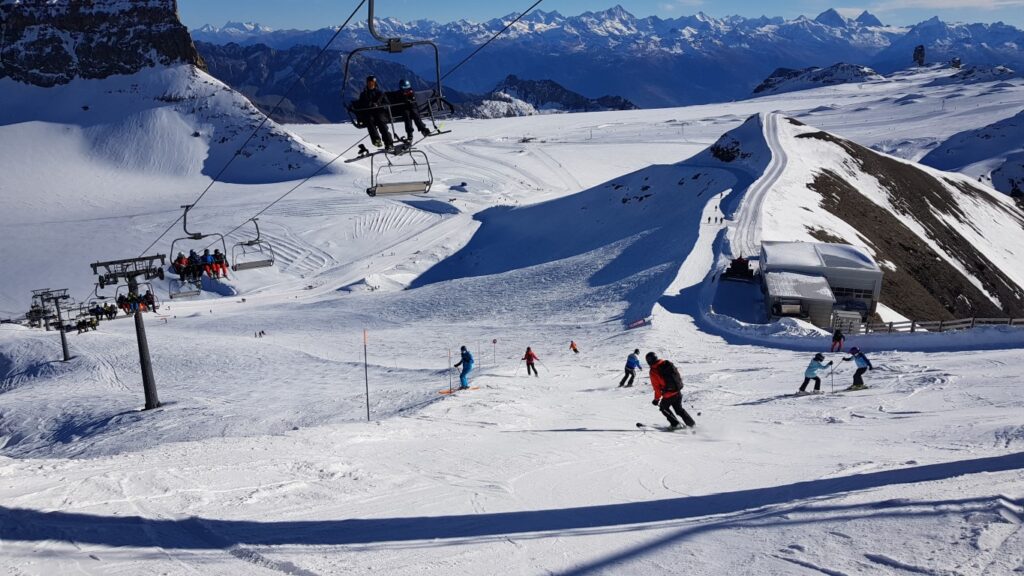
There’s probably a good reason for this, but one of the three surface lifts on the glacier is not operating currently, which means that the wonderful view and runs off Quille du Diable are not open. It’s a shame, and it would reduce the queues at the bottom of the two lifts off Dôme if it were open. Check out these prodentim reviews.
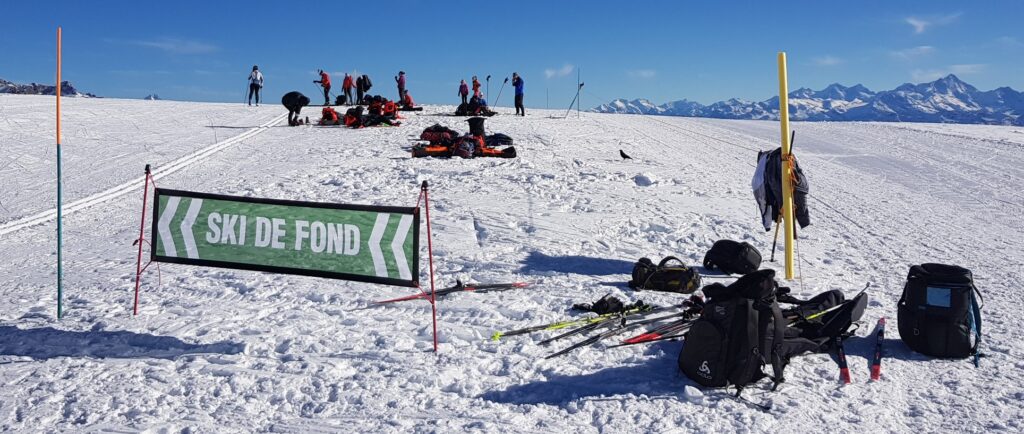
Glacier 3000 is situated on the 3209m Les Diablerets mountain, although the name is more often associated with the Les Diablerets ski runs across the valley which links to the connected runs at Villars-sur-Ollon. There used to be a gondola, Isenau, that meant you could ski across from the village of Les Diablerets to Col du Pillon, the main valley station for Glacier3000. Sadly the lift was obsolete and is now retired, and along with it the Isenau ski area has been closed – although there are plans to redevelop the area and replace the gondola. The old cranky chairlift at Les Diablerets up to Les Mazots has, however, now been replaced by a gondola as of last season.
The starting point for getting to Glacier3000, Col du Pillon, is a mountain pass linking Aigle with Gstaad and, apart from the cable car and a huge (free) car park there is not much there. By road, it is about 15 minutes from Les Diablerets and 40 minutes from Montreux. Using public transport you can get to the cable car quite easily from Aigle by taking the narrow gauge railway to Les Diablerets and then taking the waiting bus, B180, which goes on to Gstaad. Gstaad is about 40 minutes by bus from Col du Pillon and about 30 minutes from Reusch, the other valley station that only operates in the main winter season. The buses are more frequent during the main winter season than at this time of the year and there is also a courtesy bus between Col du Pillon and the valley station for Les Diablerets once that resort opens.
I think the lift pass for Glacier3000 is quite pricey, but the glacier runs are open from September through May. It is part of the MagicPass scheme, albeit with a supplementary charge unique to the resorts in the scheme. It is also one of the options on the Gstaad Mountain Rides lift pass. One benefit, at least for me, is you get a small discount if you are a senior! Incidentally, if you have a SwissPass you can buy your lift pass online and use your SwissPass to give you access to the lifts.
Skiing and snowboarding help to develop valuable life skills and carry plenty of physical and mental health benefits, experts in the field have revealed, and that’s why sports are important, and this health and fitness directory could be really helpful to get good health professionals this.
The Health Benefits of Skiing, produced by ski agents Ski Line, breaks down all the key benefits of a ski holiday and offers hints and tips from top instructors and fitness gurus on preparing for a ski holiday, as well as advice on how to have a good diet including the use of supplements as testosterone pills which help a lot with this. Learn more about java burn.
